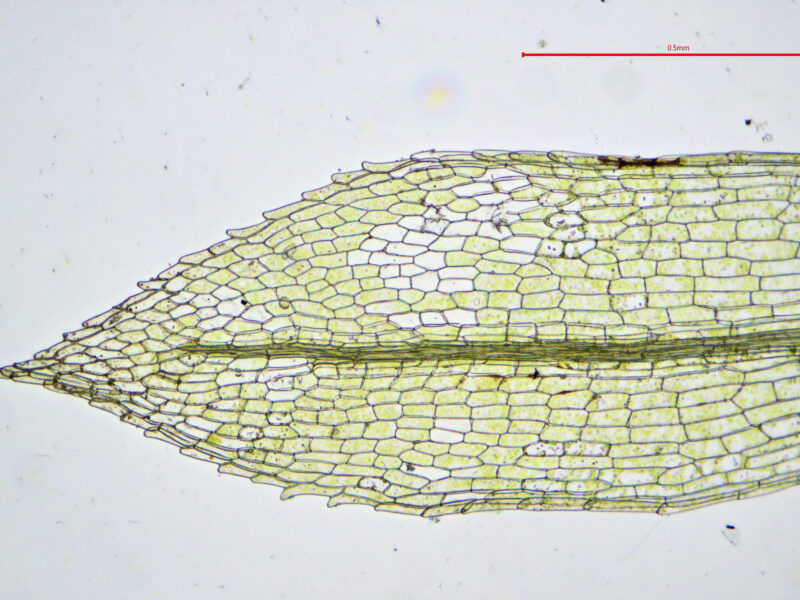Identification notes
This species is best looked for in autumn, going into early winter if the weather remains mild. It is a short-lived, pioneering species, and the damp sediment it lives on is not normally exposed by falling water levels until summer. Plants have to be able to grow from spores in the mud to releasing spores of their own in the space of a few short months before the water levels rise once more.
P. patens sometimes grows with the rare but possibly increasing P. readeri, although they appear to prefer different parts of the inundation zone of reservoirs and other large, seasonally fluctuating waterbodies.
Read the Field Guide account














